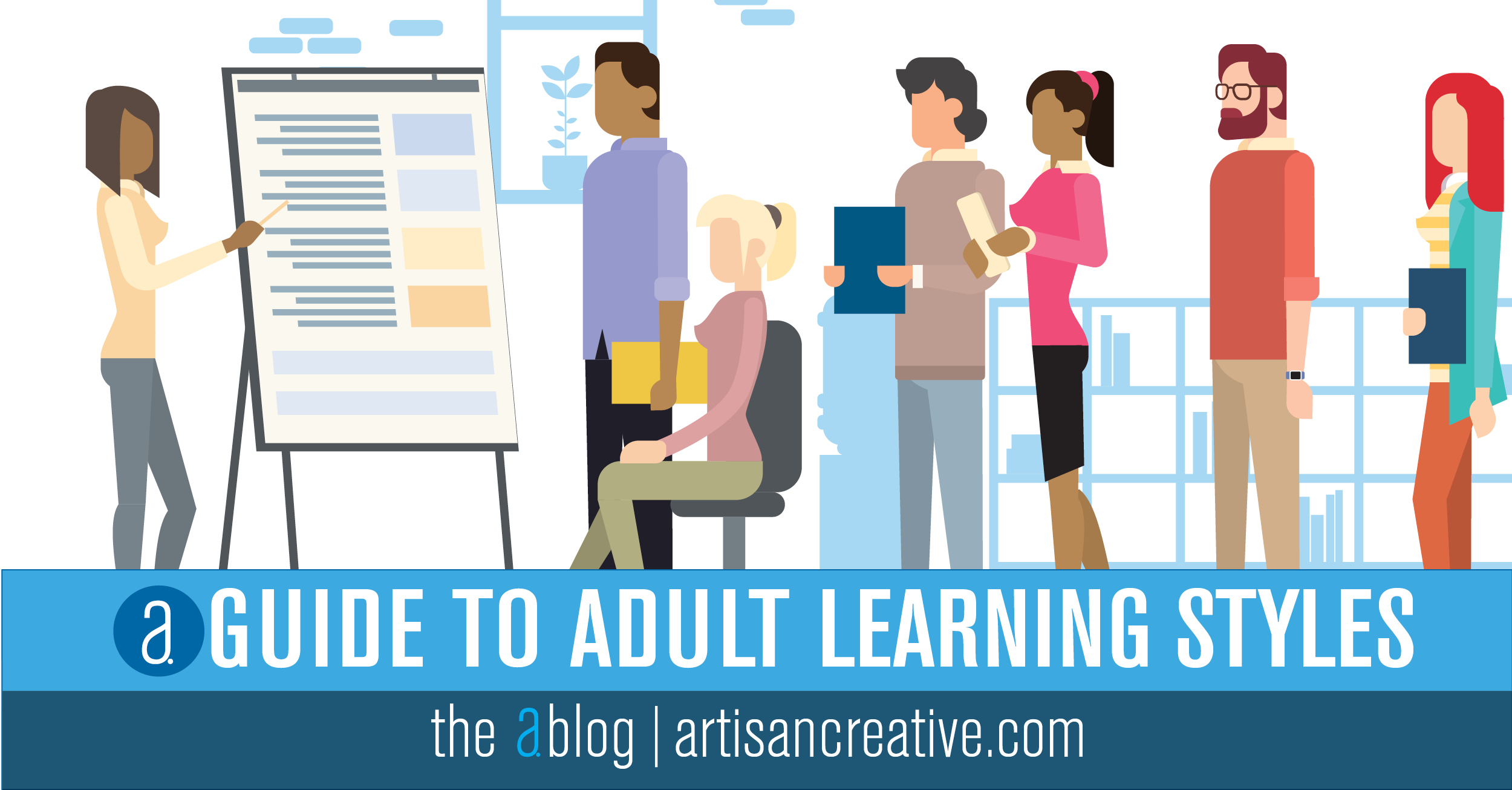Understanding Team Dynamics

As hiring managers, we have to think about our existing team dynamics each time we add a new team member.
Our new hires will need to be fully integrated into our existing team structure—and the success or failure of that integration depends on our orientation and on-boarding best practices, our timing, and the team’s group performance requirements.
Additional considerations range from current interpersonal team structure to culture and skills level of the current team.
What type of environment are we adding the new person into and what is our goal? Are we looking for someone to strengthen missing skills, to complement the current thinking, or to challenge the team and take their performance to the next level?
In 1965, Dr. Bruce Tuckman introduced the team-development model of Forming, Storming, Norming and Performing.
It’s an interesting study based on recognizing where your current team is, and what happens as a new member is added.
In this example, we’ll use a marketing team to demonstrate.
Forming
In the marketing team’s forming stage, the Marketing Manager or Director will be very hands-on to set the tone for team, establish direction, set individual roles and responsibilities and provide overall vision and guidance.
The Marketing Manager must be prepared to manage every aspect of decision making, and answer questions about the team’s goals and objectives, as well as set expectations internally and with external stakeholders.
At this stage, the team tends to avoid conflict or push boundaries. The team is just in the process of forming—and there are more individual thinkers operating in silos.
This is a perfect opportunity for individuals to get to know the strengths of one another, create friendships, and align in order to move from silo-ed thinkers towards a larger team mentality.
Storming
In the storming phase, the team may not be in total agreement or come to consensus quickly. Individual members may try to find their own voice within the group and establish presence. There may be some challenges and conflict—this is OK! Breaking paradigms and new ideas can emerge here, and the team has the ability to grow. The Marketing Manager guides the team through this stage, allowing the team to confront their diversity of thought, and ensuring that challenges or drama don’t derail the team’s success.
Norming
In the norming phase, the new team starts to hit its stride. There is harmony, and synergy amongst the group and the Marketing Manager moves to be more of a facilitator than a hands-on implementer. The team is aware of responsibilities, and natural leaders develop within the group to handle simpler decision making on their own.
There is commitment, strong workflow, good discussions as well as building friendships amongst teammates.
Performing
In the performing phase, the team is high-functioning with a shared strategic plan.The vision is clear, and the team knows its purpose and its why.The team is focused, and clear on goals, takes responsibility for achieving them, and makes most of their decisions against criteria agreed upon with the leader.
The team has a high degree of independence, and can delegate tasks internally. They can resolve internal conflicts as they come up, and have strong interpersonal relationships.
The Manager moves into more of a coaching role and can assist with growth and development, as they are no longer being called upon to manage day-to-day tasks. However, it remains important for the manager to ensure the team is still being innovative and not falling into complacency of thought, or group think.
Sharing the knowledge of the concept of “Team development” can be helpful to a team—especially in the storming phase.
As you look to add to your teams, dissolve project teams, or move team members to other groups, it’s a good idea to be aware of the overall team dynamics and recognize what stage the group is in. It will certainly play an integral part into your orientation and onboarding practices.
Artisan Creative’s a.team is here to help you build your dream team. Contact us today for assistance with your hiring needs.
Artisan Creative is celebrating 20+ years in staffing and recruitment of creative professionals. Over the years, we’ve learned a thing or two that we’d like to share with you. We hope you enjoy the 435th issue of our weekly a.blog.


 Artisan Creative is celebrating 20+ years in staffing and recruitment of creative professionals. Over the years we have learned a thing or two that we’d like to share with you. We hope you enjoy the 414th issue of our weekly a.blog.
Artisan Creative is celebrating 20+ years in staffing and recruitment of creative professionals. Over the years we have learned a thing or two that we’d like to share with you. We hope you enjoy the 414th issue of our weekly a.blog. 




